University Power System Analysis and Control Assignment 1
VerifiedAdded on 2022/09/18
|22
|556
|29
Homework Assignment
AI Summary
This document presents a comprehensive solution to a Power System Analysis assignment, focusing on key concepts such as transmission line parameters, modeling, and power transfer limits. The solution begins by analyzing the series impedance, shunt admittance, propagation constant, and characteristic impedance of a transmission line, comparing the results obtained from exact and nominal pi models. It further explores power transfer calculations, determining maximum real power, and analyzing the impact of line length on power delivery. The assignment also delves into the effects of series compensation and voltage regulation, comparing the performance of transmission lines at different voltage levels. The solution includes detailed calculations, MATLAB code, and graphical representations to illustrate the concepts and findings. The assignment covers topics like ABCD parameters, characteristic impedance, and the impact of compensation on power transfer capabilities. The solution also analyzes the sending end voltage and regulation, comparing the performance at different voltage levels.
1 out of 22
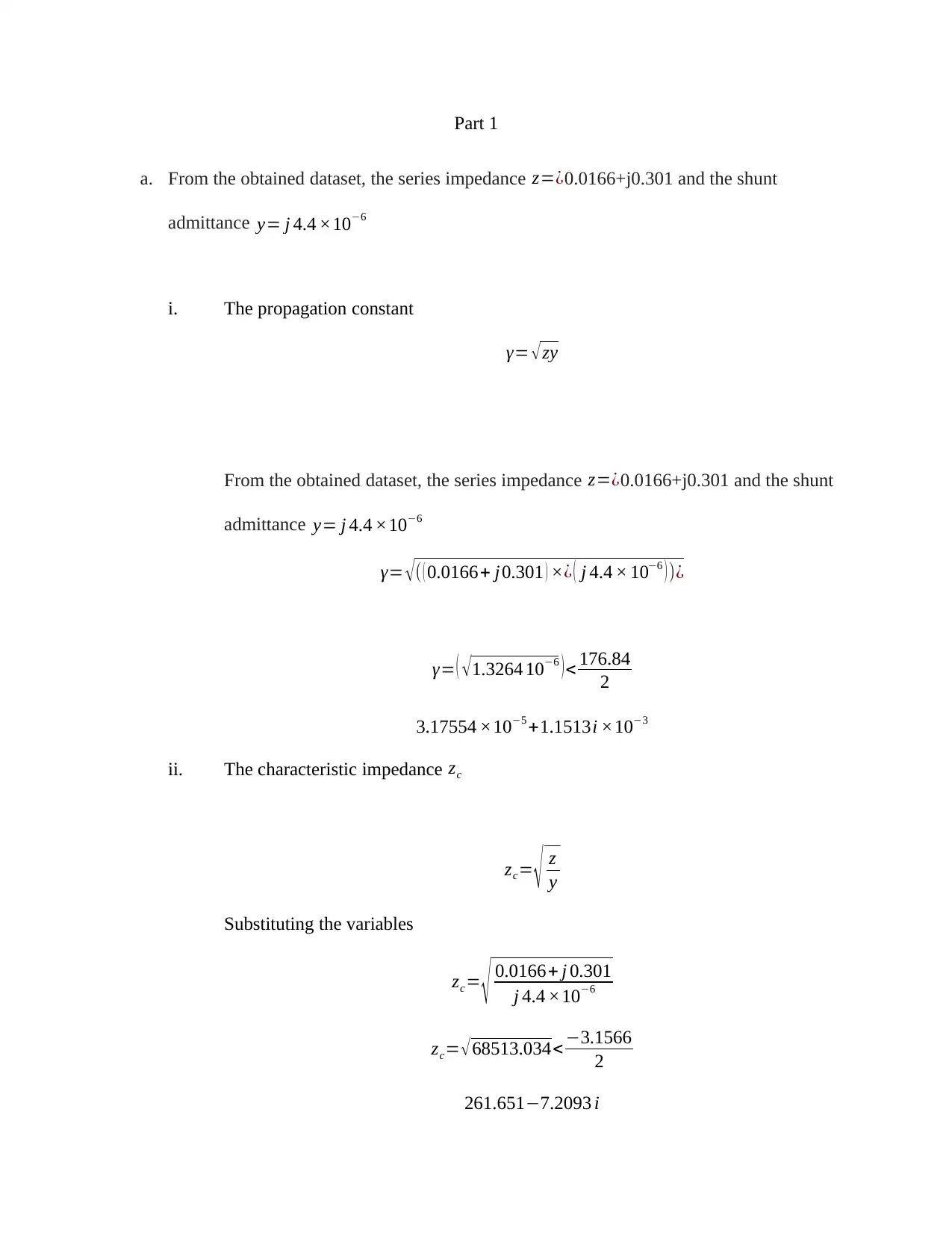
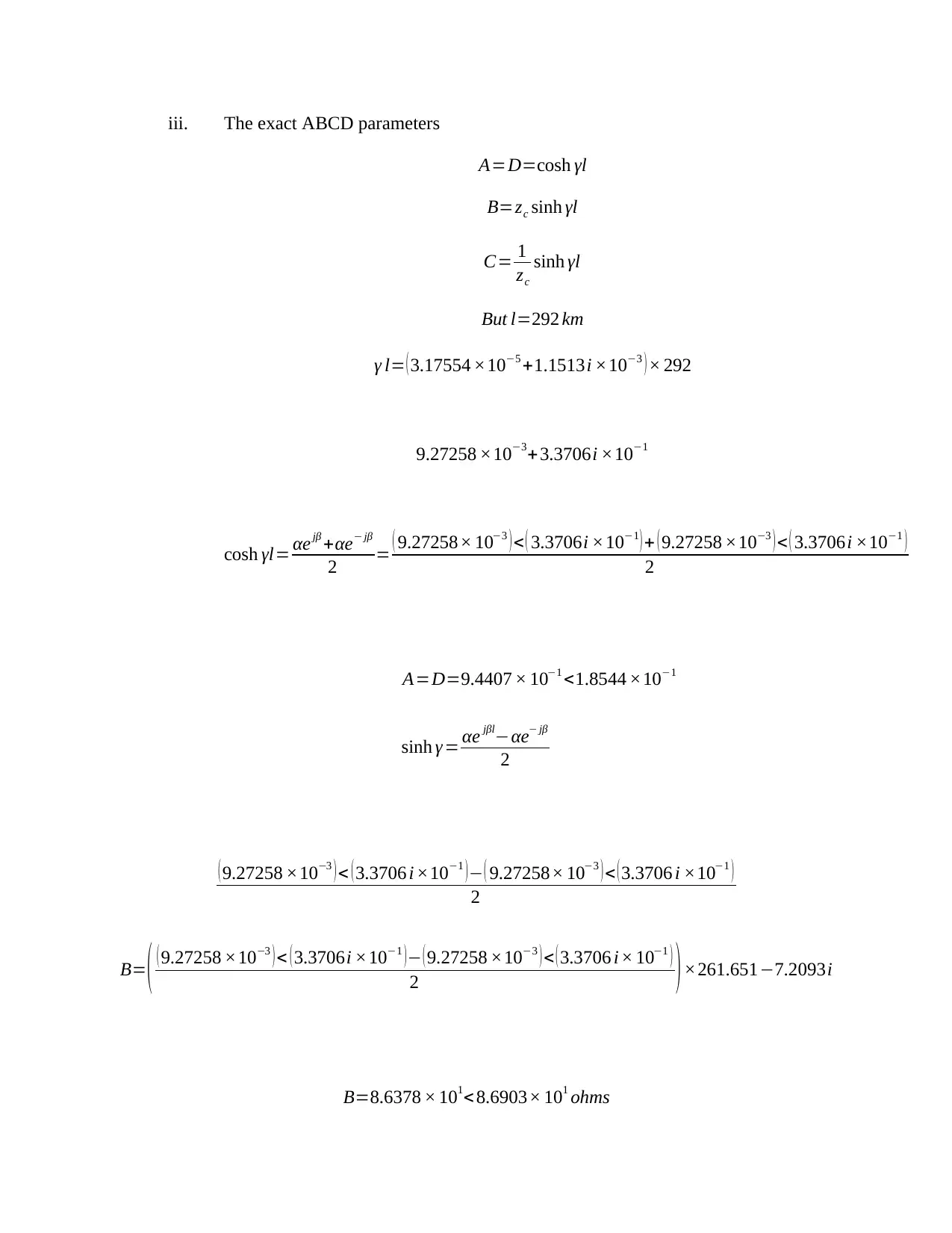
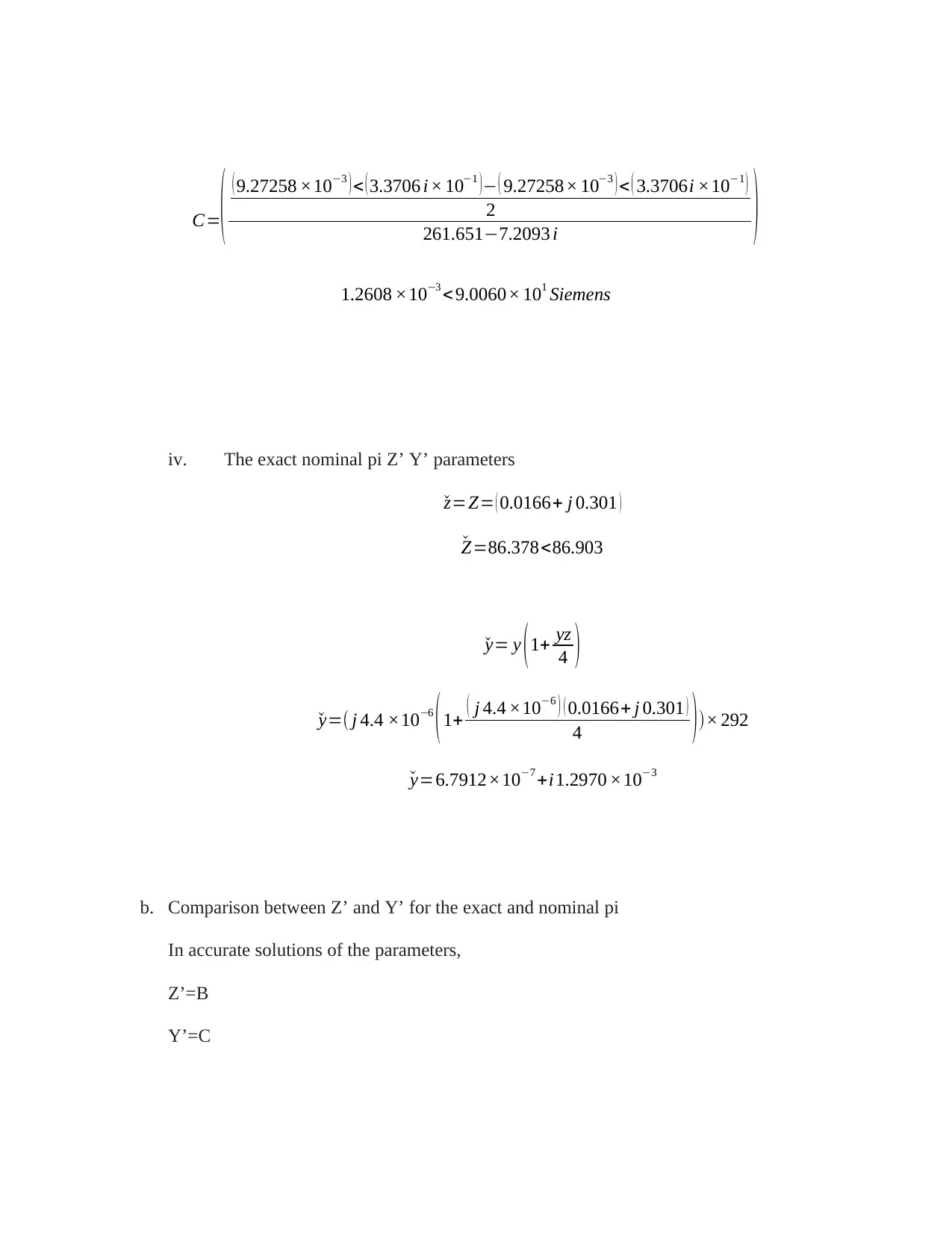

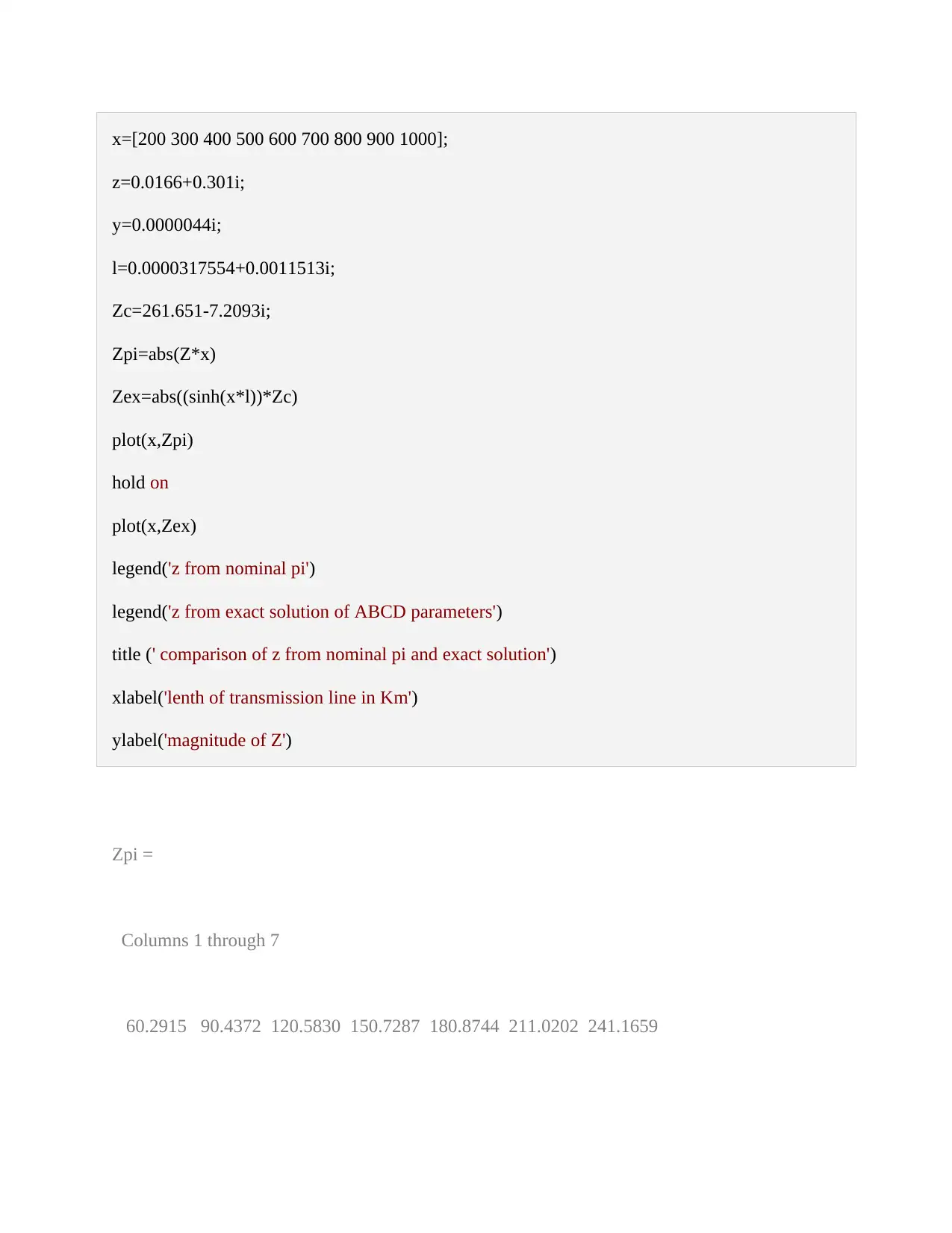
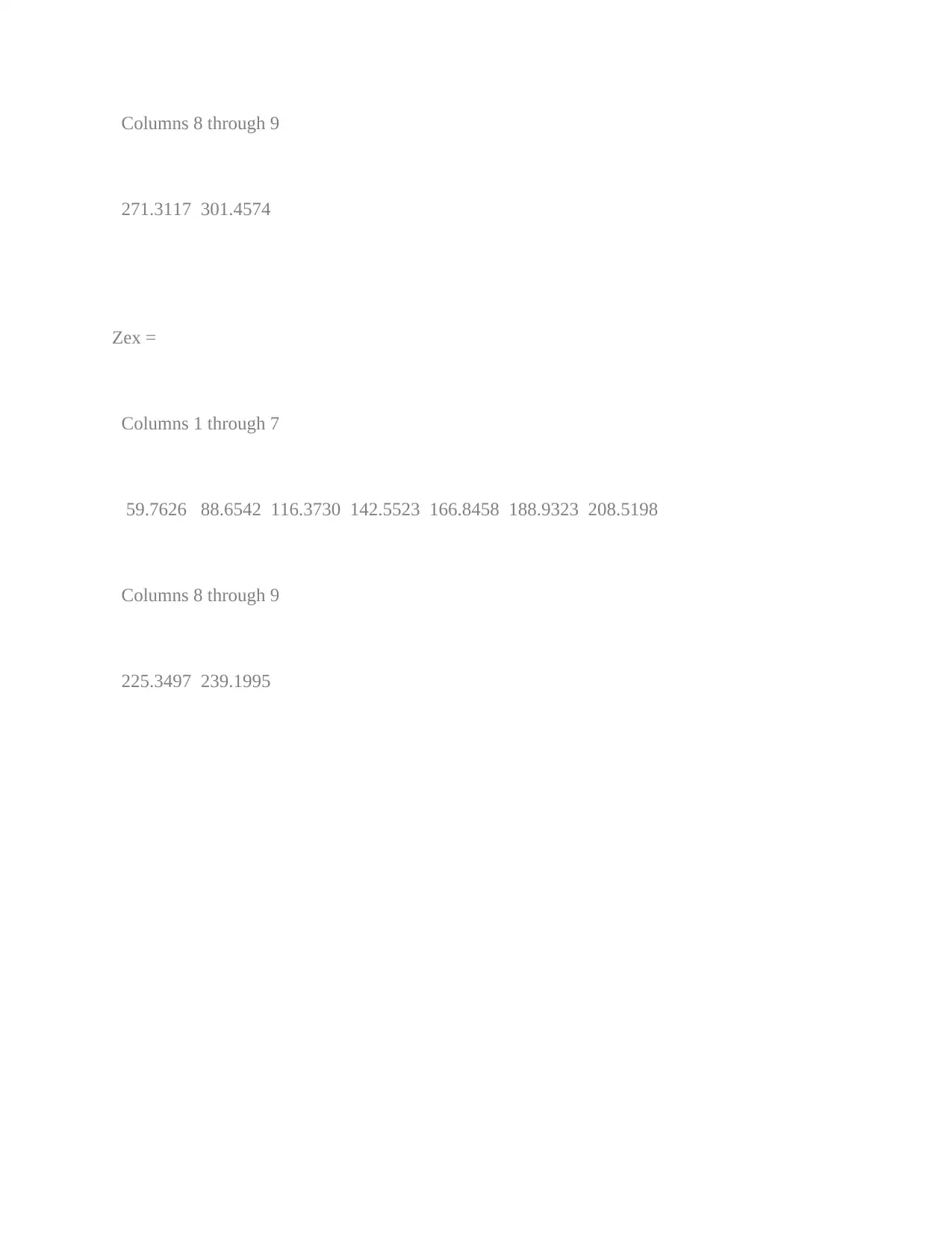
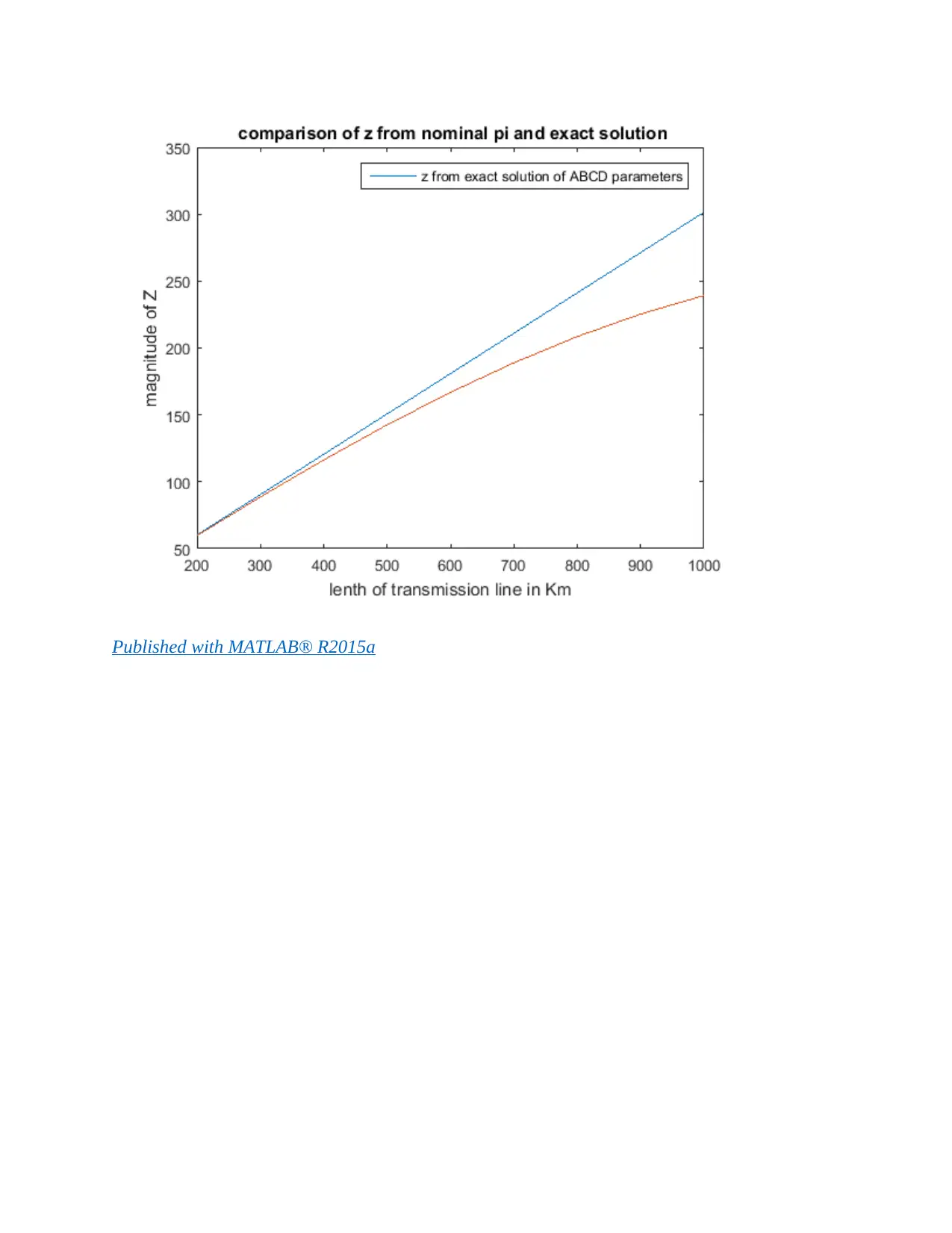
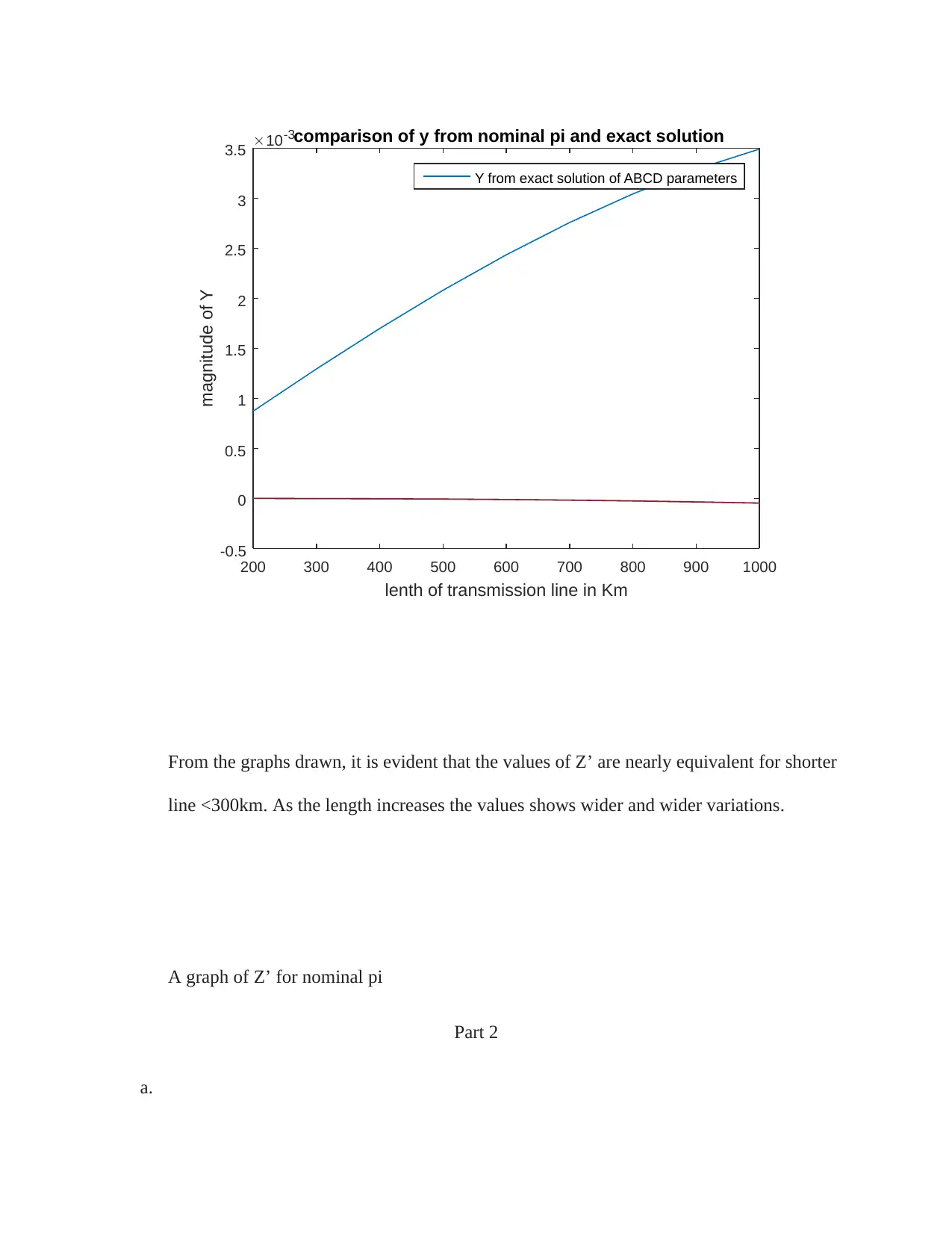
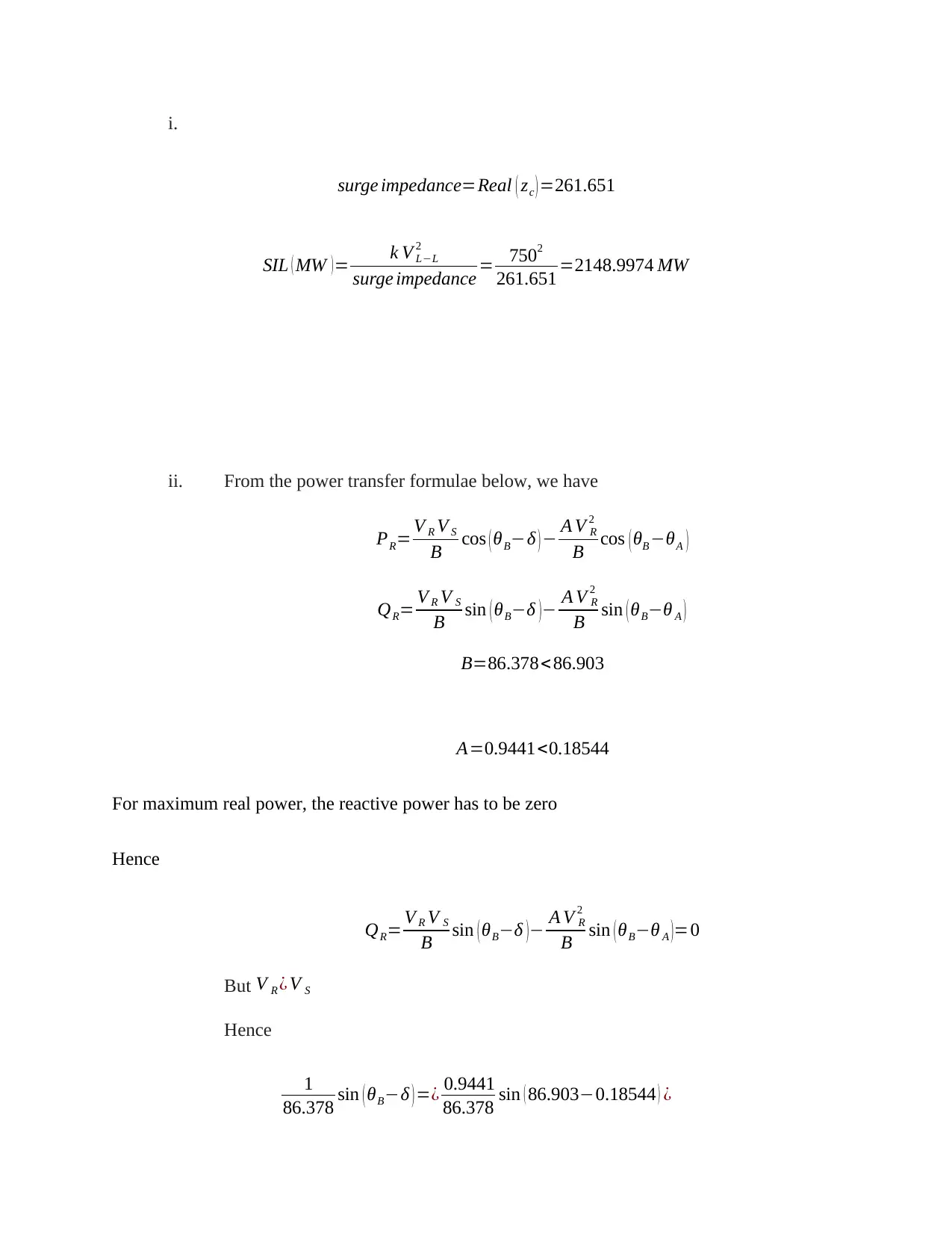
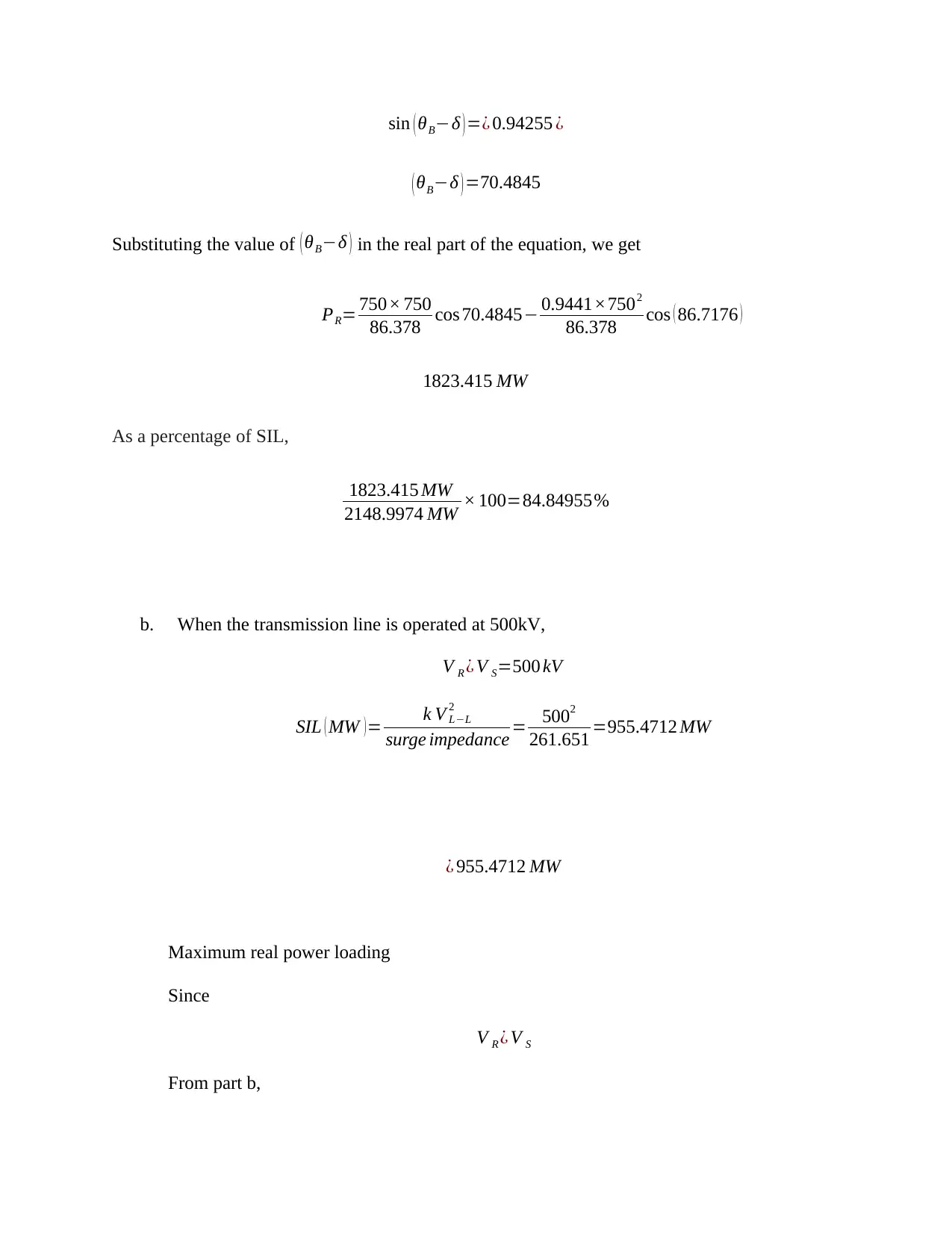
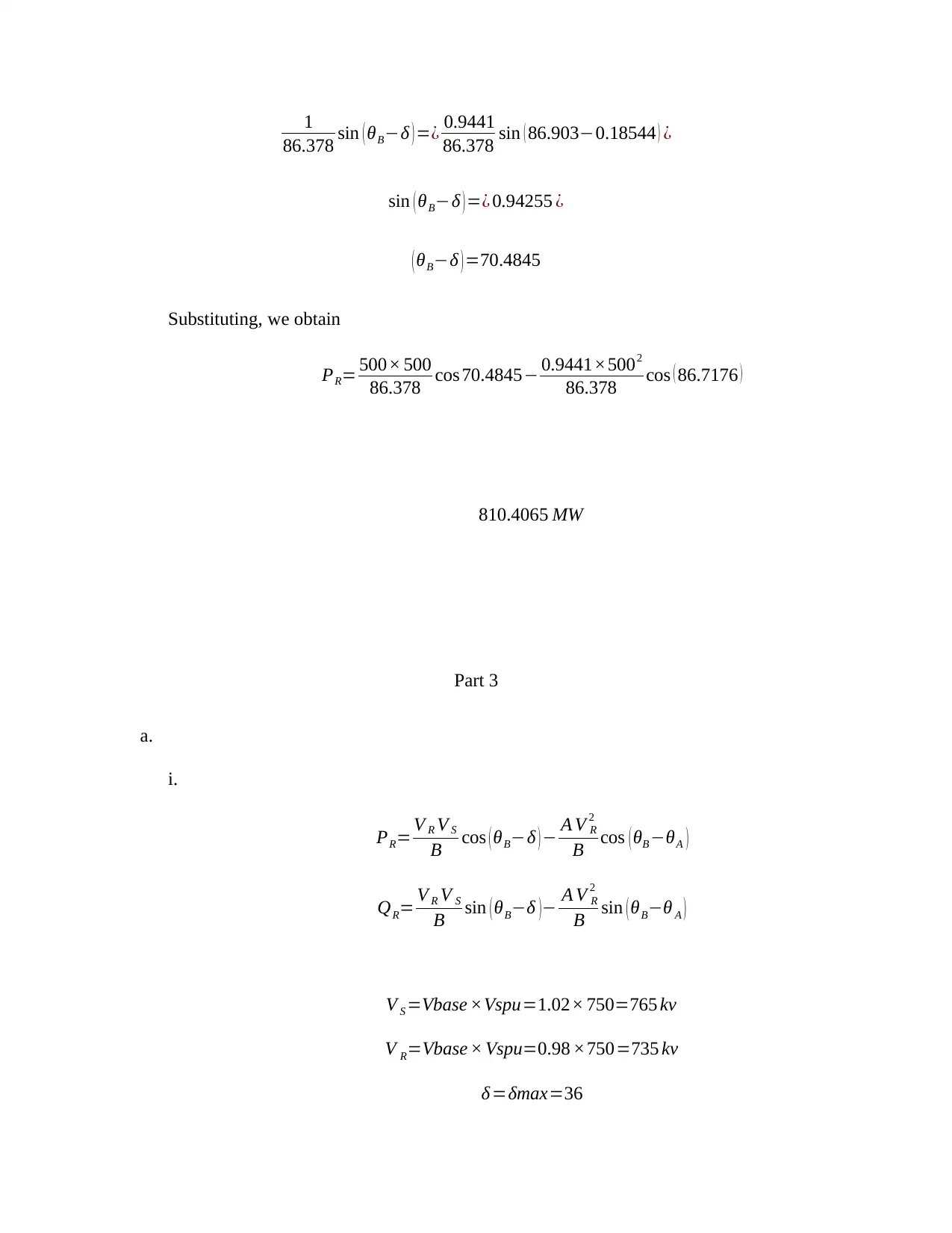
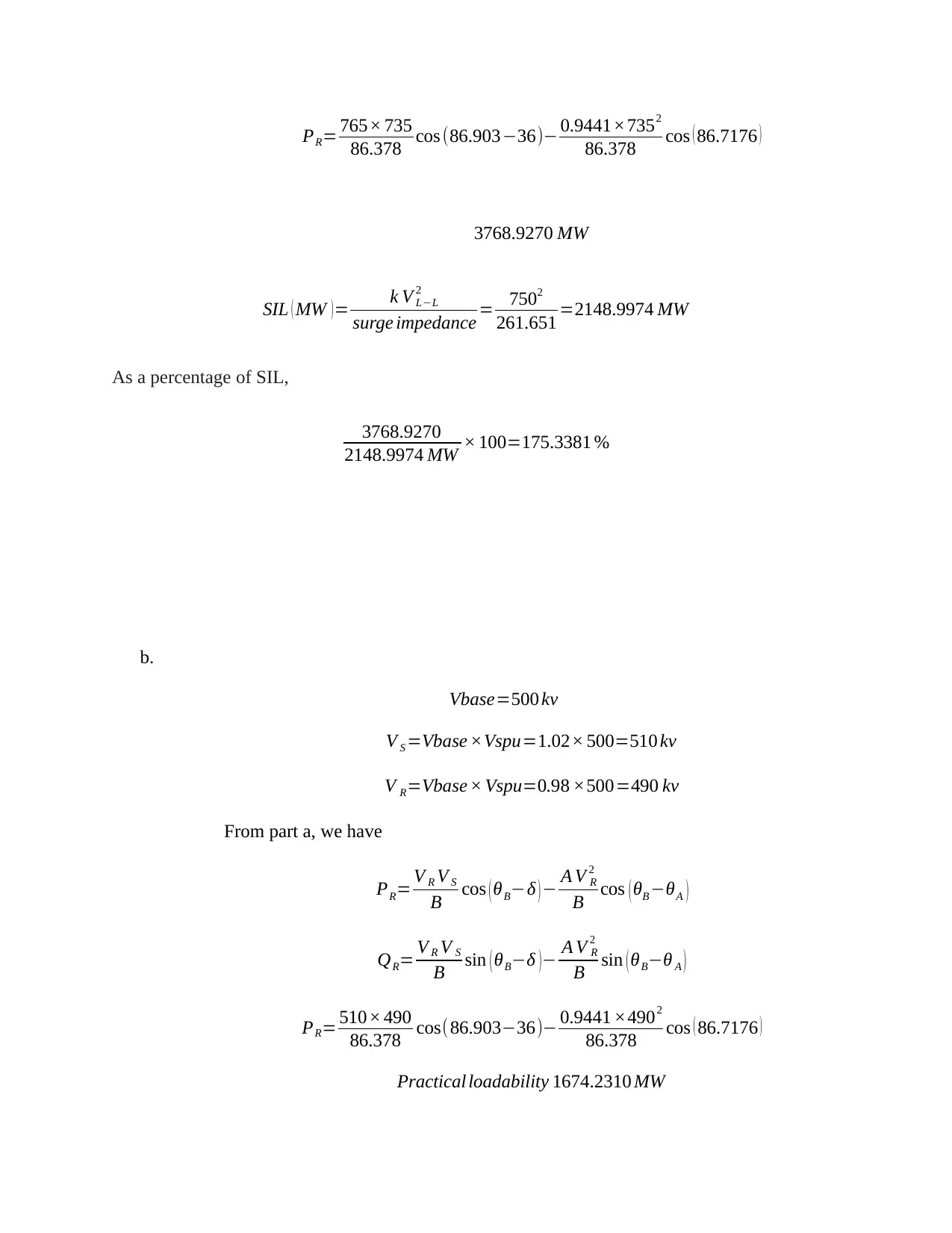
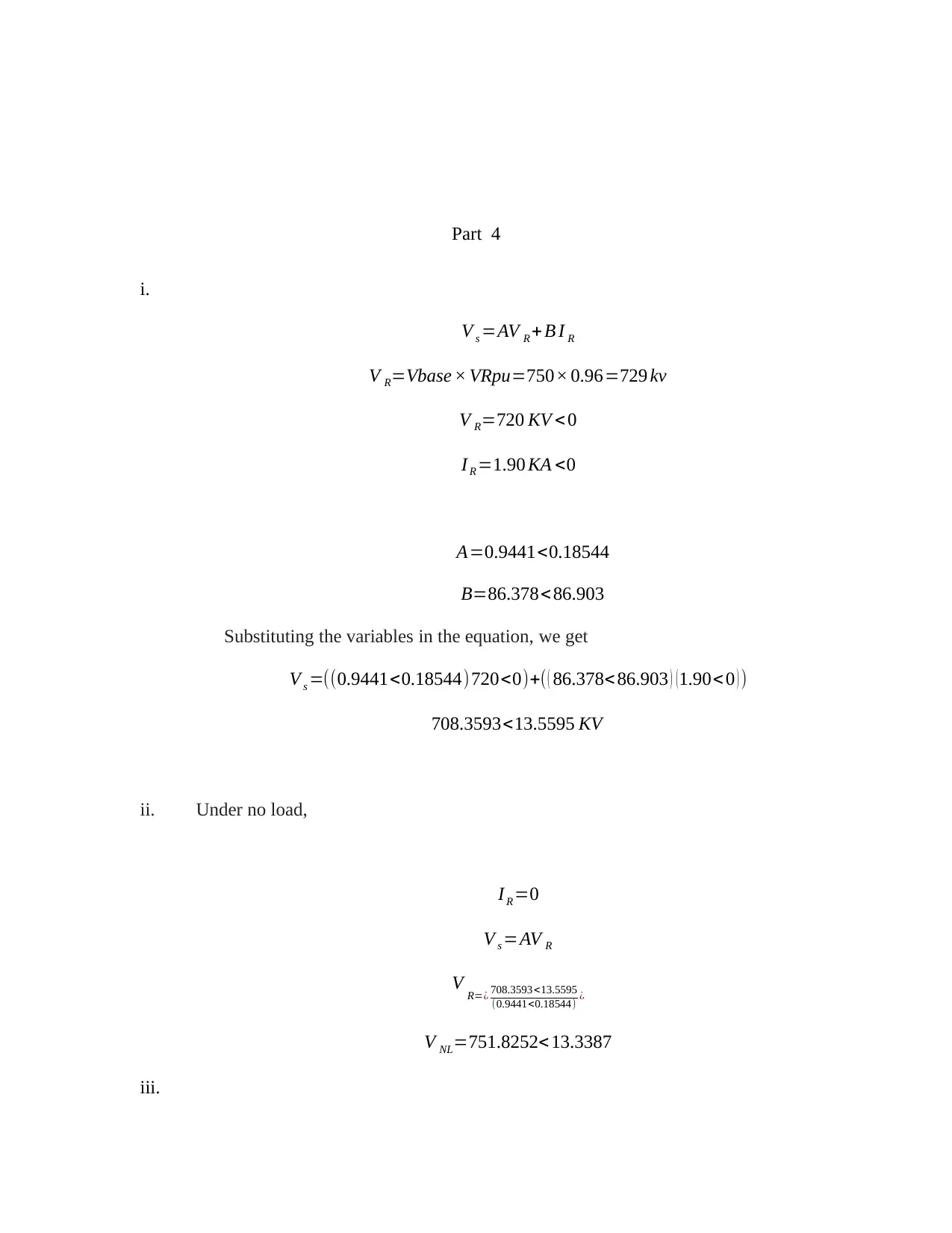



![[object Object]](/_next/static/media/star-bottom.7253800d.svg)